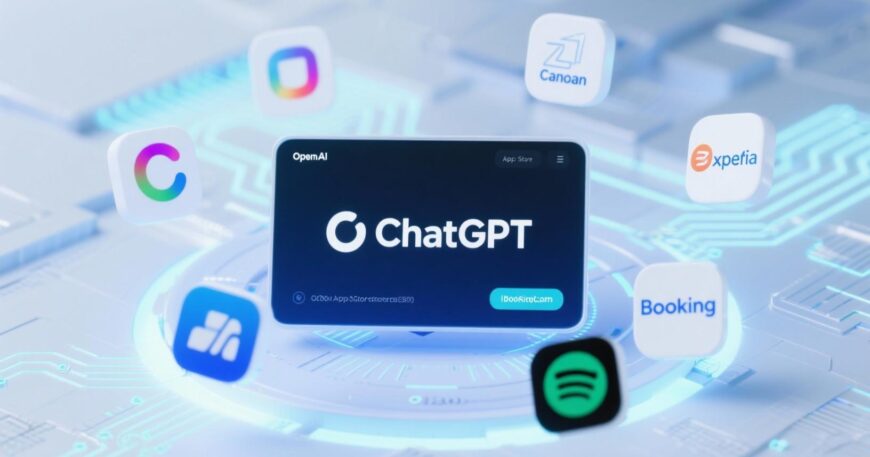
1. The Day the Web Took a New Turn
2. What Exactly Launched?
3. Risks and Challenges
4. Who Gains the Most
5. Expanded FAQ
6. The Bigger Picture
7. Bottom Line
OpenAI’s latest update to ChatGPT is more than a product launch — it’s a structural shift in how software and services reach users. For the first time, people can use, build, and even pay for apps entirely inside ChatGPT, bypassing the traditional gatekeepers of the digital world: Apple and Google.
If this takes off, it could redefine how developers earn, how businesses sell, and how consumers interact online.
OpenAI has rolled out a series of changes that effectively turn ChatGPT into a self-contained ecosystem — part search engine, part app platform, and part digital marketplace.
Users can now invoke apps directly in a chat without switching platforms.
For example:
“Find me a 3-bedroom home in Austin under $400,000” — Zillow replies instantly with listings.
“Design a poster for my café” — Canva opens right inside ChatGPT with editable templates.
“Book a flight from New York to Denver next Friday” — Expedia serves options and pricing.
Early partners include Booking.com, Canva, Coursera, Expedia, Figma, Spotify, and Zillow, among others.
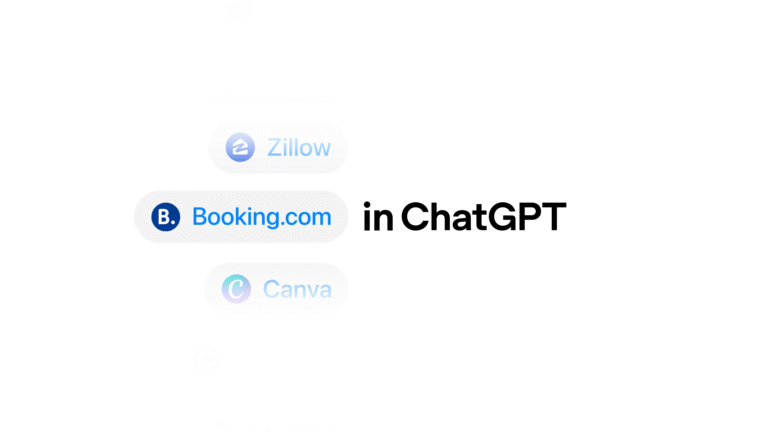
OpenAI released a developer toolkit that allows anyone to build these in-chat experiences. Developers can start coding now; submissions and a public directory will follow later this year. Featured placement will reward apps that are useful and well-designed, and OpenAI plans to unveil monetization and revenue-sharing details in coming months.
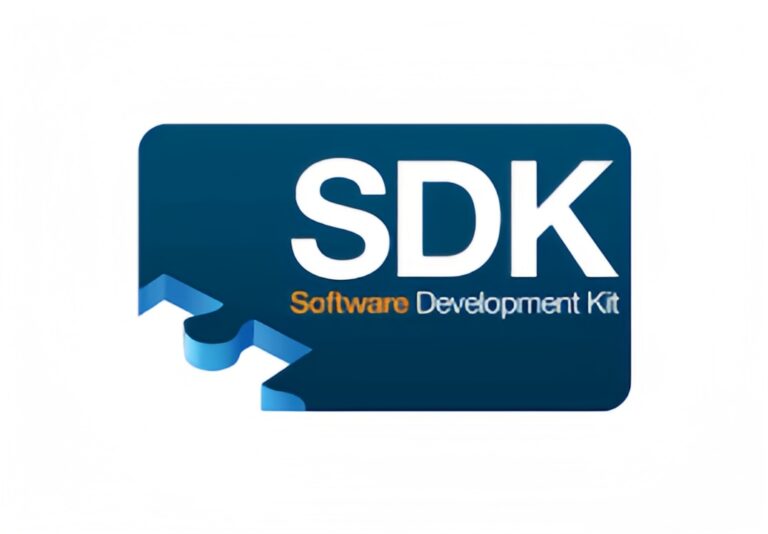
Perhaps the boldest change: users can now complete purchases without leaving ChatGPT.
Etsy is already live — a user can see an item and buy it instantly.
Shopify integration is “coming soon,” allowing millions of merchants to close sales directly inside conversations.
This marks the first time mainstream e-commerce has occurred inside an AI chat interface.
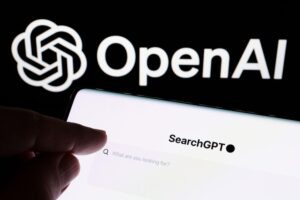
OpenAI reports that ChatGPT now has roughly 800 million weekly active users — a scale comparable to major social networks. That means developers and brands placing their apps in ChatGPT are stepping onto one of the largest existing digital stages.
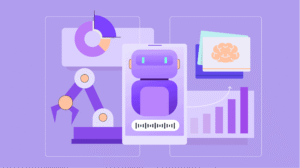
Business Insider described the move as “a direct strike at the app-store duopoly.”
By hosting discovery, usage, and payment in-house, OpenAI is creating a parallel economy where developers and users no longer depend entirely on Apple’s or Google’s ecosystems.
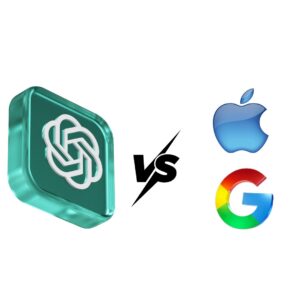
Everything happens in one place — no downloads, passwords, or juggling between apps. It’s faster, simpler, and more personal.
A new distribution channel opens up with instant access to hundreds of millions of potential users, free from the 30 percent platform fee long imposed by legacy app stores.
This enables true intent-based interaction. When a user asks for something — a loan calculator, tax help, home repair, vacation package — the relevant business can appear right there, in context, ready to transact.
Platform Dependence: OpenAI could become the next gatekeeper, setting its own fees and visibility algorithms.
Data Privacy: Centralizing transactions and conversations raises security and compliance concerns.
Regulatory Pushback: Expect scrutiny from antitrust regulators and resistance from incumbent app stores.
Operational Load: Building, maintaining, and supporting in-chat apps will demand new workflows and analytics models.
User Trust: One privacy mistake could undermine confidence in the entire ecosystem.
Independent Developers — low entry barrier, massive potential audience.
Online Retailers — faster conversion through instant checkout.
Service Providers — easier scheduling and quote delivery within chat.
Advertisers — targeted exposure tied to real user intent.
End Users — fewer steps, less friction, and more tailored results.
No. Traditional apps still matter, but more everyday actions will begin and end in chat. Think of ChatGPT as another storefront alongside your website or social feed.
Not initially. The Apps SDK allows small teams or solo coders to build focused tools. Start simple and iterate.
That depends on OpenAI’s handling of security and refunds. Early partners like Etsy are testing real transactions to build trust.
Monetization terms haven’t been finalized, but apps will connect to existing payment systems such as Shopify or Stripe integrations.
Likely with tighter app-store policies and competing AI features. Businesses should keep multi-channel strategies to avoid dependency.
Any that offer clear, repeatable actions — booking, buying, quoting, comparing, or learning.
Bugs, data leaks, poor discovery ranking, or heavy platform fees. The early market will see trial and error.
Early adopters gain visibility before the field crowds. Experiment with one useful task rather than rushing full scale.
Not entirely. But it introduces a new way to reach customers without relying solely on search or social.
Build flexibility into your plan. Keep control of your customer data and maintain other channels to stay independent.
For fifteen years, Apple and Google dictated how digital life operated. OpenAI’s new ecosystem introduces a third layer — the AI interface layer — where interaction happens through language, not icons.
This could make technology more accessible and efficient for users while rewriting the business playbook for developers and advertisers.
It’s not the death of the mobile era — but it’s the first serious sign that something new is rising to replace it.
OpenAI’s ChatGPT App Store isn’t just another launch. It’s a power shift — away from hardware-based gatekeepers and toward a conversational, AI-driven economy.
Who wins depends on who adapts first.
|
|

